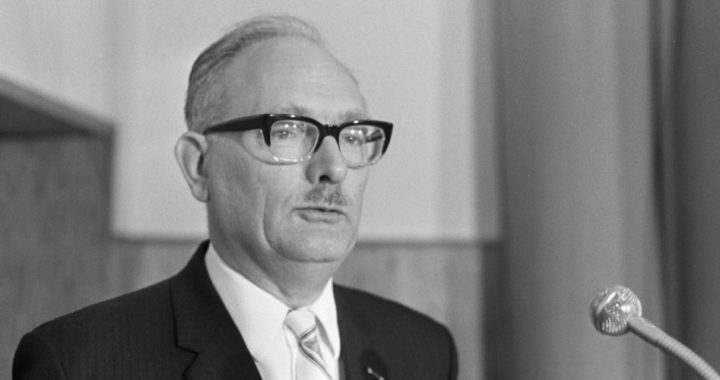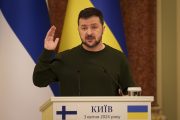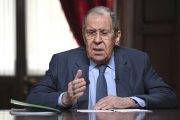
Johan van Hulst (shown), a Dutch professor credited with saving 600 Jewish children from the Holocaust, died in Amsterdam March 22, aged 107.
Born in the Dutch capital on January 28, 1911, van Hulst, who held two master’s degrees and a Ph.D., demonstrated the resourcefulness that would help him stymie the Nazis when the Reformed Teachers’ Training College, the seminary where he taught and served as deputy principal, was stripped of its state funding in 1942. Van Hulst appealed to the students’ parents to fund the school themselves and, leading by example, convinced the teachers to work for very low wages. Soon van Hulst had become principal.
That same year, the Germans began deporting Dutch Jews to concentration camps.
Fortunately, van Hulst’s school was perfectly — one might even say providentially — positioned to offer hundreds of Jewish children a lifeline. Across the street was a former theater that the Nazis were using as a deportation center for Jews. Ironically, it was run by a German-born Jew, Walter Süskind, who soon discovered that he could save some of the children who passed through his portals by reporting fewer arrivals than he actually received, then helping those he hadn’t listed to escape. When the Nazis began using a nursery next door to van Hulst’s school to house the children from Süskind’s center, the means of escape were greatly simplified.
Henriette Pimentel, who ran the nursery, talked parents into letting their children be spirited away from the facility. Then her nurses would pass the children over the hedge separating the nursery and the seminary, where van Hulst and his students would take over.
“A tram ran through the street separating Dr. van Hulst’s school from the theater. Dr. van Hulst and his student helpers waited for the precise moment the tram stopped, temporarily blocking the SS officers’ view of the school, to hide the Jewish children in baskets and sacks,” wrote the Washington Post. “The children would then be taken to their next underground destination.”
It was righteous but dangerous work — so dangerous that van Hulst kept his wife in the dark about it.
There were close calls. In June 1943, an education ministry inspector spotted some youngsters on the seminary campus and asked van Hulst, within earshot of SS officers, “Are those Jewish children?”
After a long pause, van Hulst replied, “You don’t really expect me to answer that, do you?”
The inspector, van Hulst recalled, shook his hand and quietly told him, “In God’s name, be careful.”
The curtain eventually came down on the child-smuggling operation. In July 1943, Pimentel was arrested (she would be killed at Auschwitz three months later), and van Hulst learned that the nursery was going to be closed. He was asked how many of the remaining children he could save before time ran out.
“Now try to imagine 80, 90, perhaps 70 or 100 children standing there, and you have to decide which children to take with you,” van Hulst later recounted. “That was the most difficult day of my life…. You know for a fact that the children you leave behind are going to die. I took 12 with me. Later on I asked myself: ‘Why not 13?’”
“In the spring of 1945,” reported the Post, “one of the collaborators in the operation was arrested and tortured into giving up Dr. van Hulst’s name.” Van Hulst went into hiding just minutes before the Nazis arrived to arrest him, remaining underground until the Netherlands was liberated in May.
After the war, van Hulst served in the Dutch Senate for 25 years and in the European Parliament for seven. According to the BBC, “He remained active in politics and education, writing hundreds of publications by hand and winning a chess tournament at the age of 99. His old school now houses the National Holocaust Museum.”
In 1972, the World Holocaust Remembrance Center in Jerusalem named van Hulst one of the Righteous Among the Nations for his work in saving Jewish lives.
Van Hulst’s wife, Anna, died in 2006. He is survived by two daughters, two grandchildren, and three great-grandchildren — plus hundreds, if not thousands, of people whose parents and grandparents would otherwise have perished at the hands of the Nazis.
Photo of Johan van Hulst in 1969: Fotocollectie Nationaal Archief/Anefo/Joost Evers



